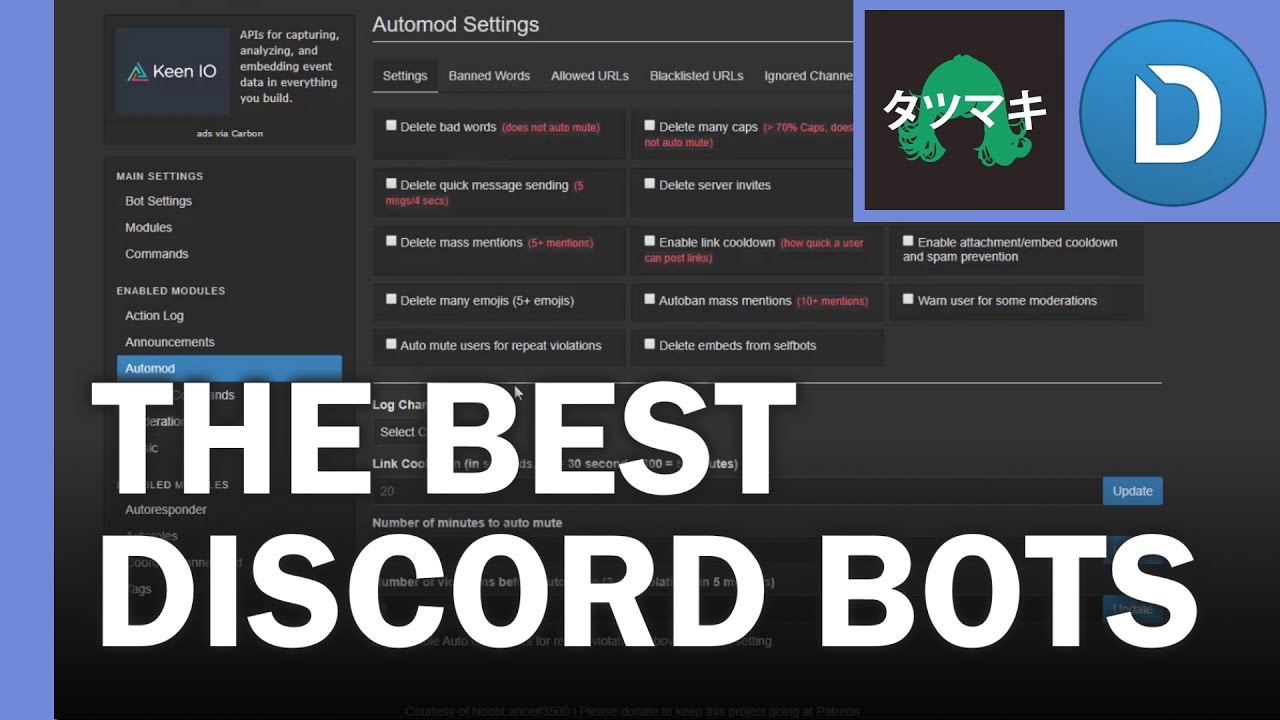How To
“iPhone not showing up on PC”- 3 Ways to Fix the...
If you see “iPhone not showing up on PC” and don’t know what to do to plug in your iPhone on your computer, we...
Discord
Business
Login Process
Minecraft
Https://Aka.Ms/RemoteConnect- Minecraft Remote Connect on Xbox, Playstation And Nintendo
Are you experiencing difficulty while attempting to sign in to your Microsoft account, The https://aka.ms/remoteconnect issue is normal for a great deal of Minecraft...
Essential Factors to Consider When Choosing a Minecraft Server
Minecraft is one of the world’s most popular online games. Sadly though, many online servers are plagued by griefers and trolls. If you aren’t...








































